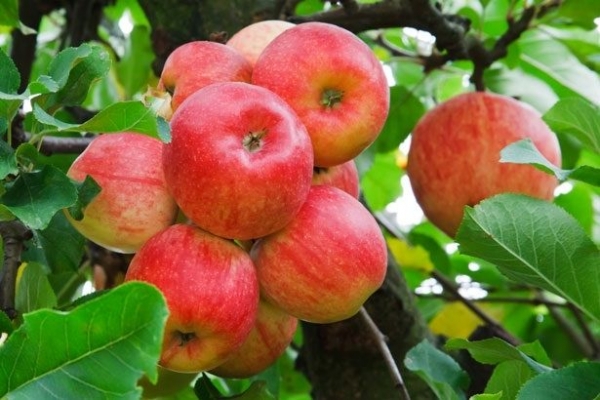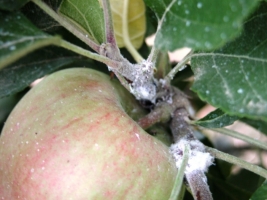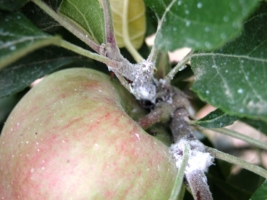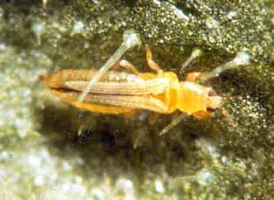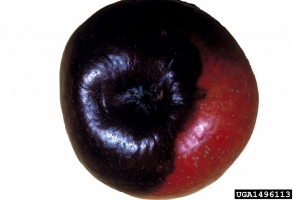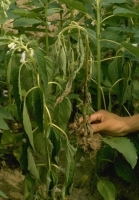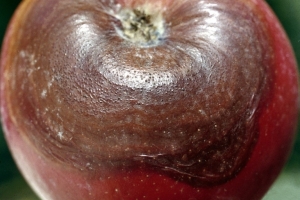General Information
The botanical name of apple is “Malus domestica”. It is an important commercially grown temperate fruit which blossoms in spring season and gives fruit in the autumn season. It is the fourth most widely produced fruit after orange, banana and grapes. Apples are the rich source of Vitamin-C and Beta-carotene. It is a deciduous tree with an average height of 1.8-4.6m. Among all countries, China is the largest apple producing country. Himachal Pradesh, Kashmir, hills of Uttar Pradesh, and extended to Arunachal Pradesh, Nagaland, Sikkim and Meghalaya in which apple farming is done. It is mainly used for making canned slices, candies, juices and jellies. It also has the health benefits. By eating apples, it helps to reduce risk of stroke or heart diseases, brain related issues, type-2 diabetes and cancer.

